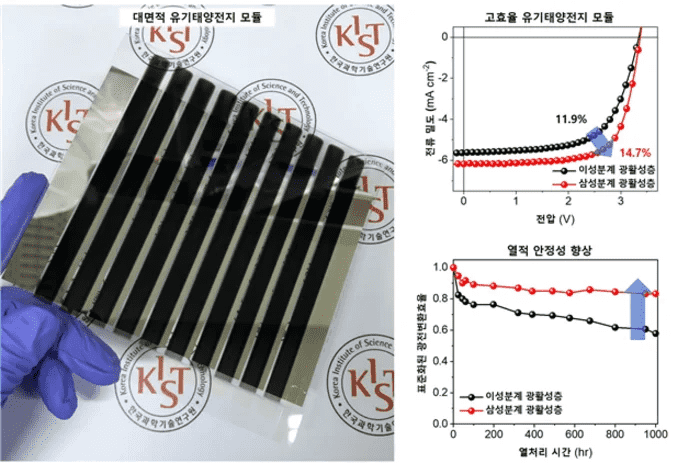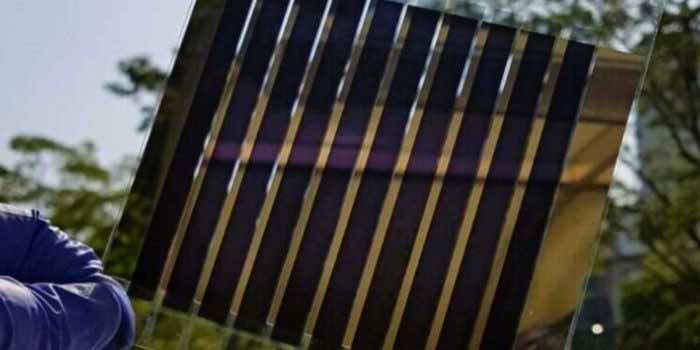Organic solar cells, which are also known as “third-generation solar cells,” are built on the principle of photovoltaic technology. They are rising in popularity these days because of their portable nature, as they can easily be printed and attached to the external walls of any window to generate energy. However, recently, researchers have identified a loophole in these organic solar cells. It has been revealed that these cells, when deployed on a larger scale, demonstrate a considerable decrease in their performance and operational parameters.

To cater to this issue, researchers from the Korea Institute of Science and Technology’s advanced photovoltaic research center have come up with a feasible solution and determined the factors that may cause this problem. They have invented a “polymer additive material” to get it integrated with the organic solar cells for deployment in large areas.
The mechanism behind the dilemma is that the photovoltaic area, which is responsible for the accumulation of sunlight and then its conversion into electricity, is extremely small, i.e., less than 0.1 cm2. This shows that if these cells were used on a larger scale, then their efficient performance and durability would become affected due to the smaller size. This was a major blow to the commercialization of these organic solar cells.

However, the team then decided to make some amendments to the photovoltaic layer. What they did was incredible. They used a method called “spin coating,” which involves a substrate and a solvent. The solvent started evaporating by leaving the substrate rotating at a very high speed. And in this way, a “homogenous mixture of photovoltaic layers” is produced, which was considered beneficial until they detected another fault in this method.
Due to the slow rate of evaporation of the solvent, an undesired state known as “agglomeration” started forming within the photovoltaic components. As a result of this, the development of “polymer additive materials” came into being, which can easily tackle the formation of clusters or agglomerations during the process when used at the commercial level. Due to the nano-level structural modification, the performance efficiency and the stability against high temperatures were also achieved successfully.

The study deduced that initially, the module efficiency was 14.7%, but due to the increase in performance parameters, it has been scaled up to 23.5%. The model was prepared to initially sustain for 1000 hours at a temperature of 85 degrees Celsius and contained an 84% initial efficiency level that was successfully justified. Hae Jung Son, who is the lead researcher in the study, said, “We have gotten closer to organic solar cell commercialization by proposing the core principle of a solar cell material capable of high-quality, large-area solution processing.”


